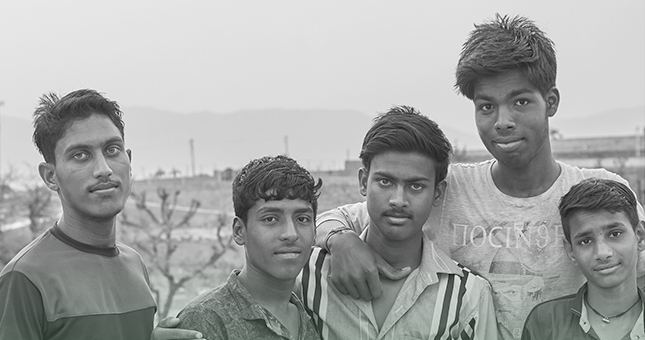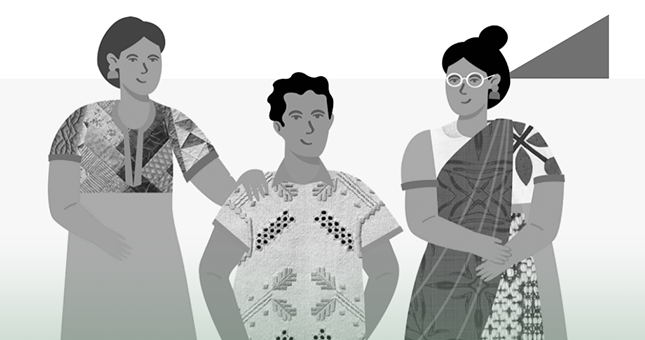The paper seeks to provide a high level view of the efforts being undertaken to include boys and men in gender based work. It also invites the reader to reflect on several questions, both around intention as well as on more forward-looking themes.
The future should stress on the importance of finding gender balance in the world because it directly and indirectly ties to achieving many of our own global development goals.
The involvement of men into the conversation on gender equality began in earnest only about 30 years ago. At the same time, working with Young Men and Boys (YMB) has revealed the unique needs of, and risk factors for boys and men, and programs are beginning to explore positive ways to engage boys and men in gender related work. When it comes to including boys and men, most programs focus on areas like gender-based violence, and sexual and reproductive health. A few common challenges of working with boys and men include the difficulty of collectivising them for programs not related to sports or livelihoods. It is important to restate that broadening the role of men in gender action must be viewed as complementary, not competing with traditional women-centric designs.



